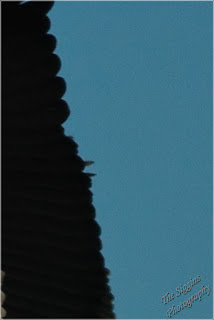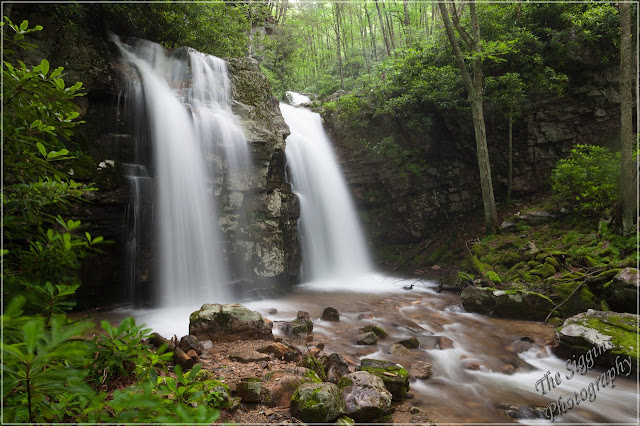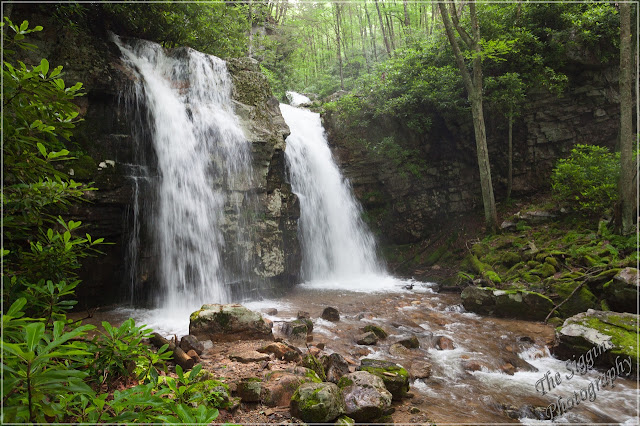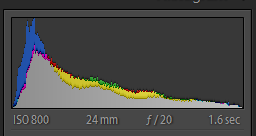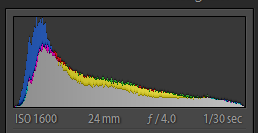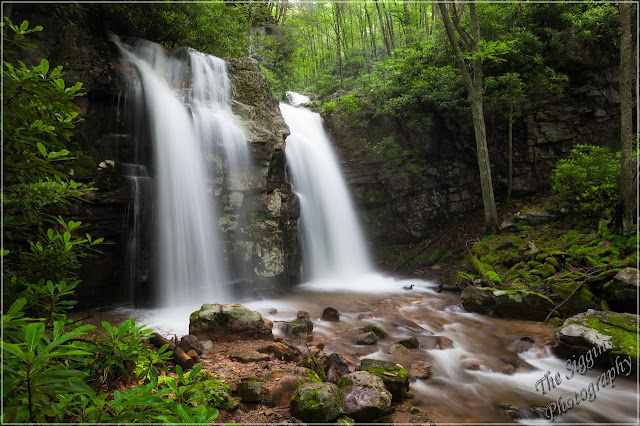“I learned this, at least, by my experiment: that if one advances confidently in the direction of his dreams, and endeavors to live the life which he has imagined, he will meet with a success unexpected in common hours.”
―
Henry David Thoreau,
Walden: Or, Life in the Woods
I have tried to advance my photography in a positive direction this year. I've gone new places, tried new things and learned all along the way. My experience says Thoreau was right -- "we will meet with a success unexpected in common hours". I usually go out with a photographic objectives in mind. I want to try a new technique, photograph a new subject, get that iconic shot, and better yet get the one that no one else has. Sometimes I meet my objectives, but more often I learn things and have success in unexpected ways. Of course photography is a passion so I'm going to have a good time.
As I look back on 2013 I have decided to not do a "best of 2013" collection. I've already shared my best shots on my calendar, on Google+, and on facebook and no one really wants to see them again. Instead I have decided to share some things I have learned this year and some successes I have had at unexpected times. These are not my best photos of the year but they can illustrate a point.
If you click on any of the photos below you will get a window with a larger version. You can then use the right and left arrows to browse through the images.
Here goes.
- If you try new things you'll learn something new. If I go at it with the right attitude I will have fun, even if I don't get anything worth sharing. I've tried water drop photography a couple times and done it differently each time. You never know what you'll get.
- You don't always have to go far to find opportunities. The photo below was taken a short walk from the lodge where we were staying. We had taken an eagle tour, drove around the lake and didn't find any better opportunities than right next door.
- There are always photographs to be made, if you just look around. The photo below was shot from an overlook on the Blue Ridge Parkway one cold morning when snow was still covering the road. It's not what we were looking for that morning.
- If you don't try you'll never get the shot. I shot this photo of a very active bee while hand holding my camera. It's a low probability shot, but if I didn't try my probability would have been zero.
- Rainy days are great times for photography in the woods. It was raining pretty hard when I took this. The rain drops don't show because of the slow shutter speed. The overcast light was great and the rain made the colors more vibrant.
- Shoot the details. This is just part of a steam locomotive I shot this year. Because I shot this detail of a lamp I had a customer buy three large canvas prints of the Shay #4 engine, including this one.
- Don't shoot from the first place you set your tripod. My first position for this shot was a few steps to the left and the mountain in the distance wasn't visible between the trees. All that was visible was blah white sky. I took a few steps to the right and got a better composition.
- Get away from the crowd. I took the shot below while on a photography workshop. I don't think anyone else got this shot because June and I were the only ones that didn't follow the crowd down the mountain that day.
- Be aware of your surroundings. While photographing a waterfall we noticed this American Dipper (aka Water Ouzel) catching food in the stream. We then noticed a juvenile near by on a moss covered rock. I put my long lens on, waited and was rewarded.
- Don't be timid. Just act like you belong there. At a concert at the Ryman Auditorium in Nashville I walked up to the edge of the stage to shoot this.
- Don't give up when you're lost. On the way back home after a weekend away we stopped for gas and saw a sign for a waterfall and took off up the mountain. After a while we realized there was no waterfall where we were. It was getting dark and we had a long drive ahead of us. We could have given up but instead we tried and eventually found the right road.
- Have fun. This Ibis was perched on top of the bird food dispenser. He must not have read that is said "Feed the ducks, geese, and swans."
- Finally, give back and help others. I volunteer to take pictures at a couple different community events. They get some free photography and I get to try new things.
I've learned a lot this year and improved a little. I hope you get something from what I've learned.
“It's not about what it is, it's about what it can become.”
― Dr. Seuss, The Lorax
― Dr. Seuss, The Lorax



























